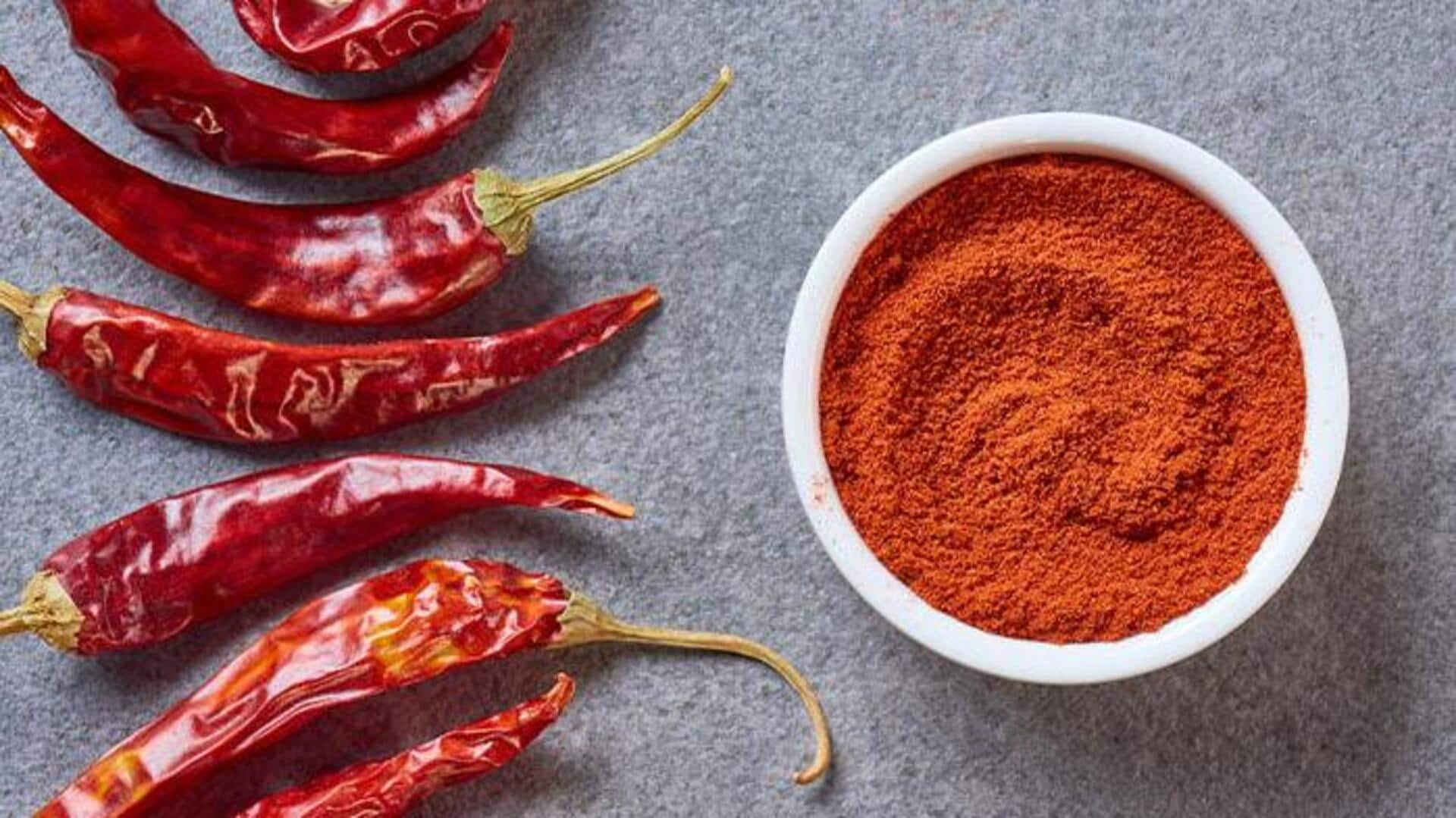
Paprika v/s cayenne: Which is more spicy?
What's the story
Paprika and cayenne, both originating from ground peppers, hold essential places in global culinary traditions. They provide distinct flavors and differing levels of heat, all attributed to the compound capsaicin. This article delves into the capsaicin presence in paprika and cayenne, highlighting their uses in cooking and potential health advantages.
Capsaicin basics
Understanding capsaicin content
Capsaicin is the potent compound in chili peppers that imparts their signature heat. It's quantified in Scoville Heat Units, a scale specifically designed to measure the pungency or spicy heat of chili peppers and other spicy foods. Although both paprika and cayenne contain capsaicin, the stark contrast in their SHU values translates to a notable difference in heat intensity and associated health benefits.
Paprika heat
Paprika's mild heat profile
Paprika, ranging from 250 to 1,000 Scoville Heat Units, is much milder compared to cayenne. It is derived from dried bell peppers or sweet peppers, which naturally contain less capsaicin. Its mildness makes it perfect for imparting both color and a gentle flavor without turning the dish excessively spicy. You can use it generously in recipes without worrying about overpowering other flavors.
Cayenne heat
Cayenne's fiery kick
In contrast, cayenne pepper has a much higher capsaicin concentration, with an SHU rating of 30,000 to 50,000. Derived from hot chili peppers, this spice brings a lot of heat to the table, along with a distinct flavor. Due to its intense spiciness, cayenne is typically used sparingly but is the go-to choice for dishes that call for a serious kick.
Health insights
Health benefits linked to capsaicin
Capsaicin does more than just turn up the heat; it also packs a punch when it comes to health benefits. Research indicates that high-capsaicin foods such as cayenne can help rev up your metabolism, alleviate pain, and decrease inflammation thanks to its anti-inflammatory properties. While paprika contains less capsaicin than cayenne, it still provides beneficial antioxidants when incorporated into meals.
Cooking tips
Culinary uses and tips
When adding these spices to your dishes, keep in mind their capsaicin content for both the level of heat you want and the health benefits you're seeking. If you have a low spice tolerance or want a milder flavor with the same antioxidant benefits, paprika is your go-to. On the other hand, if you want that metabolic kick or love the taste of fire, cayenne pepper is your friend.